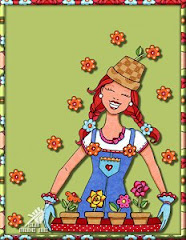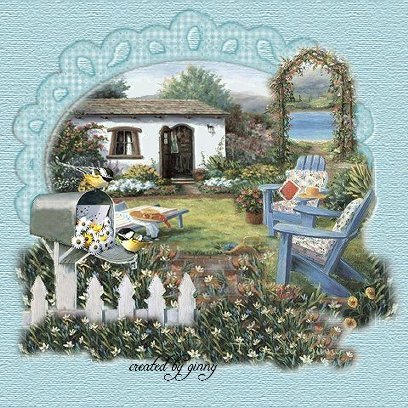Hooking up with Fertilizer Friday....
http://www.tootsietime.com/
I really want to play with all of you at Fertilzer Friday - but it is hard when there is snow in the backyard!!!
~*~*~*~*~*~
Holy Snow Batman!
It looks like a Christmas Card in my Back Yard!!!
So with that being said - I am still learning about caring for some of the stuff in my yard. Here is a great article about Raspberries! This is by - VAL (Grandpa's Rose) LInk at the bottom for original post.
First of all there are two main types of raspberries, summer bearing and fall bearing. If you are unsure right now, which ones you have, treat them as summer bearing until they finish next year, and at least if they turn out to be fall bearing you won't have had a year without any berries.
Fall bearing bushes are the easiest to prune, as you do not need to decide what to keep and what to not. After the berries have all been harvested, cut or mow the whole row down to ground level. They will grow back up, and bear again in the fall.
Summer bearing raspberries take two years to complete their cycle, and therefore, if you were to cut all of yours to the ground now, without knowing if they were summer or fall, you could end up without any berries for a year.
The young, green canes poke out of the ground, and grow over the summer to quite a height (these are called floricanes). In the fall, some people let these branches continue growing as high as they want, and others top them at a more manageabe height (as I do) so that it is easier picking. Topping them also encourages bilateral branches from the sides of the canes, giving you a higher yield of berries.
In the spring, your canes that grew nice and tall over the past summer, but did not bear any berries should be left in the garden. They will now bloom this year, and bear lots of berries for you.
Then in the fall, you will see that you now have two types of canes. (if you just moved in and the raspberries haven't been taken care of, you probably have this stage now). Some are the nice new green canes that have not had berries this year, and some may already be dying or dead, but even if they are not yet, their stem will be brown or a greyish color. These old canes need to be cut out right to the ground. They are finished and will not bear fruit again. You should just be left with green canes (floricanes) again.
Your raspberries will continue this ongoing cycle, year after year.
Most people also use different ways of staking their raspberries as they can get unwieldy if just left. Some put a heavy, tall stake at each end of the row, run a line to both, and then tie each individual cane to this line. This is called a T trellis.
Others place several tall,heavy stakes along both sides of the row (the number would depend on the length of the row) about every six feet. Then a line is run all the way around these stakes, making a sort of cage. The line can be run at several heights, if your canes are different heights. This is call a hedgerow trellis.
Other people just let them grow their own way and let them do their own thing.
Raspberries will tolerate alot of hot dry weather, but while blooming, and especially while bearing fruit, require alot of water. The less water you give them at this point, the smaller your berries will be. Also, if you get hot glaring sun all day, try to somehow provide them with a little shade during the harshest time of the day to prevent scalded berries.
Raspberries, like all plants have their own special soil needs. They prefer deep, sandy/loam soil, although they will grow in almost any soil. The PH level for them is between 6 and 7, and they like a high level of organic matter.
Hope all of this helps, and that you have a wonderful crop to enjoy!
Feel free to return and ask any more questions you need to.
http://www.helpfulgardener.com/phpBB2/viewtopic.php?t=1491





































